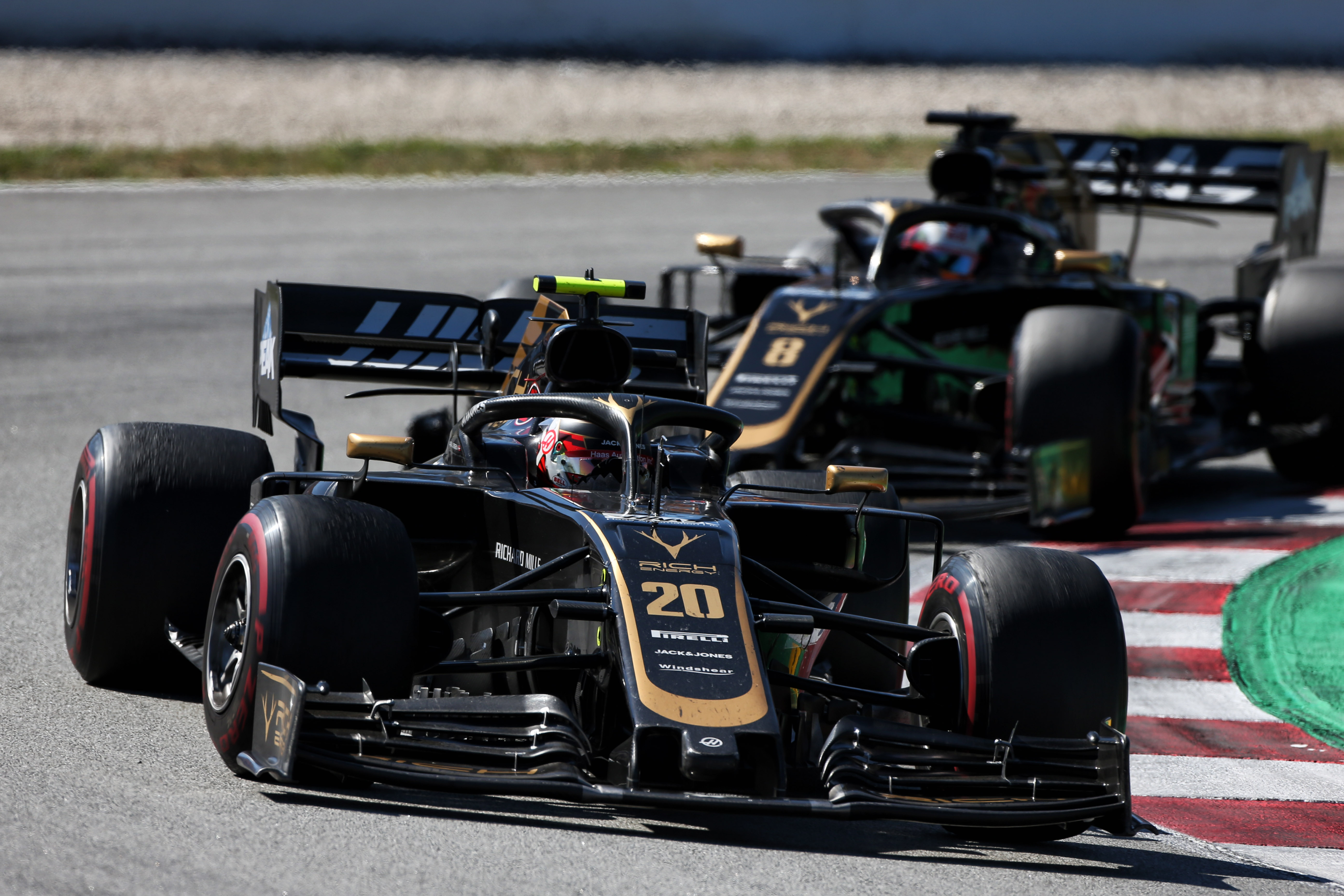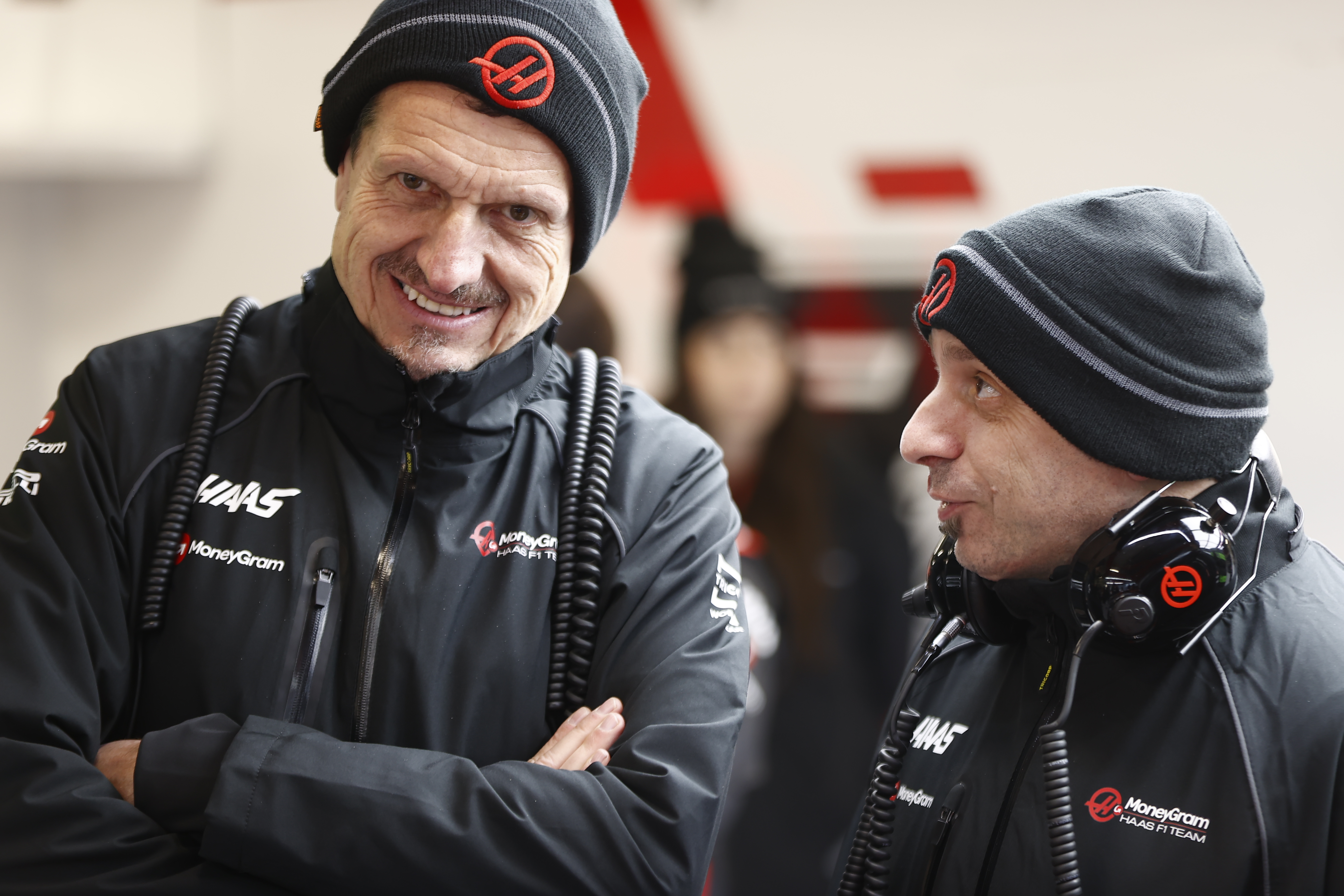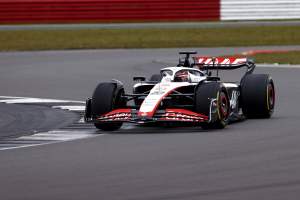A consistent message emerged from the technical talking heads around the reveal of Haas’s 2023 Formula 1 car and it indicated a clear shift in development policy.
Last year, Haas kept its in-season upgrades to a minimum. The only significant update package arrived mid-season in Hungary.
Team principal Guenther Steiner spent much of the time before that fielding questions about that development strategy, and stuck to his guns admirably – even claiming it “can be a bit overrated”.
It was excessive, and perhaps a bit of spin on behalf of a team that does not have the resources of its rivals, especially after a run of lowly positions in the constructors’ championship – ninth, ninth and 10th – minimsing prize money over a three-year period.

But it was, perhaps, at least partly by design and an overcorrection from 2019.
That year, which was the beginning of a downwards trend in competitiveness for Haas that was only reversed in 2022, Haas brought a major upgrade in Spain. But it didn’t work as hoped and later in the year Haas even had to revert to an old specification.
This was cited by Steiner last year as him learning “the hard way” how important it is to have not just the right foundations for a car but an understanding of that.
A one-upgrade strategy was not the right response, though. Haas’s competitiveness clearly dropped through the year and the single upgrade package did not prove a stunningly effective correction of that decline.
Plus, the strict development plan meant certain weaknesses remained baked in. For example, Haas chief designer Andrea de Zordo reckons Haas was the worst-affected team in terms of weight in 2022, as while almost everybody struggled to hit the weight limit, “probably for us it was a bigger problem as we didn’t have the possibility to add a lot of development and new parts during the season”.

Haas’s upgrade policy in 2022 was a misstep and that’s something that it is subsequently admitting. Steiner said in an interview with Auto Motor und Sport earlier this year he might make a difference decision now. And it was reinforced by the emphasis in the technical material around the VF-23’s reveal at a Silverstone shakedown.
Finishing eighth in the constructors’ championship, Haas’s best result since finishing fifth in 2018, has meant an increase in prize money that all of Haas’s senior technical figures say will have a direct impact on a punchier development programme.
“It was a big benefit for development,” said De Zordo.
“For me this extra budget [allows] for extra development, not only in making more parts but also to have the possibility to do more tests, to speed up the process of understanding some detail and speed up all the process of developing the car.”
With that, though, comes a little warning. In the cost cap era, efficiency is everything. Haas was already operating in such a world, of course, but nothing changes now there’s a bit more money in the pot.
“It’s also some more responsibility,” De Zordo said.
“Because more money doesn’t mean we want to waste money.
“We have to deliver more valuable [updates] to the car.”



